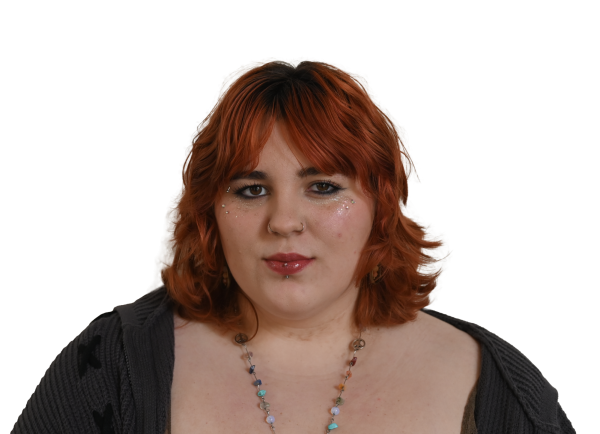TRUTH MATTERS… Donate to support excellence in student journalism
Across the United States, schools are removing books that discuss LGBTQ+ topics, race and certain historical events. Some parents and politicians argue that these books contain inappropriate content for students. Others believe that banning these books silences important voices and perspectives. This debate has sparked discussions in classrooms, libraries and at the national level.
President Donald Trump has supported efforts to remove books deemed controversial. He has advocated for giving parents more control over their children’s education and has taken steps to influence school curricula. For instance, he signed an executive order instructing the Education Secretary to begin dismantling the U.S. Department of Education, aiming to return control of education to the states.
Many students have strong opinions regarding these book bans including junior Allanna Barrios.
“It’s not fair that they take away books that help people understand different identities,” she said. “If you don’t like a book, you don’t have to read it, but that doesn’t mean others shouldn’t be able to.”
On the other hand, some students believe that schools should have guidelines on what books are appropriate.
“Some books really aren’t meant for younger kids,” junior Wyatt Lee shared. “Schools should be careful about what they put in libraries, but I also think students should have access to different ideas.”
The books being banned often feature LGBTQ+ characters or discuss issues related to race and history. According to recent reports, titles featuring LGBTQ+ characters accounted for 25% of all banned books, with transgender or genderqueer characters being specifically targeted.
Supporters of these bans contend that schools should focus on education without delving into topics they consider controversial or inappropriate.
As more states pass laws determining what can and cannot be included in school libraries, students, teachers and parents will continue to navigate the challenges of balancing educational content and individual beliefs.






